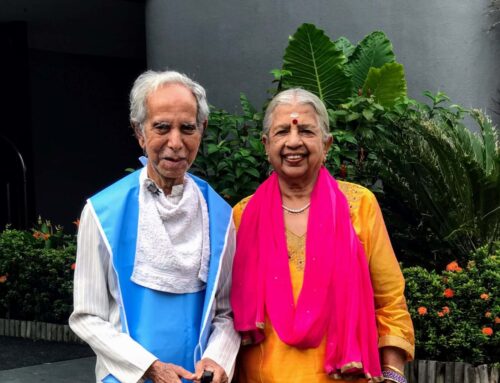India must reduce inflation or it risks stunting its growth
Shoba Narayan
Last Updated: Feb 13, 2011
Some economists predict India’s growth rate is likely to overtake China’s this decade. Prashanth Vishwanathan / Bloomberg
Recently the Indian Central Statistical Organisation (CSO) forecast that the Indian economy is projected to expand by 8.6 per cent in the current fiscal year to a record US$1.73 trillion (Dh6.35tn).
At this level of nominal GDP, India’s per capita income inches up to above $1,200, putting it on the path to becoming a middle-income country.
These numbers have been gleefully trotted out by every policy expert in New Delhi as proof of India’s impressive growth trajectory.
India’s growth spurt is driven by high domestic savings rates, growing domestic demand and consumption and a globalised economy that is rewarding the Indian companies’ newfound competitiveness. “While all these may make it harder to get soft loans for social sector projects, these are welcome growing pains,” says Professor Ravi Bapna, who divides his time between the University of Minnesota’s Carlson School of Management and the Indian School of Business in Hyderabad.
Critics in the social sector say India’s growth numbers are something of a double-whammy: not only are they mere window-dressing that mask India’s underlying problems; they also make it harder for India to become eligible for multilateral soft loans for social sector projects.
For a country that runs large deficits, and where large sections remain outside the mainstream, all these pose new challenges. While India’s international prestige has been steadily rising, its eligibility for aid has been heading in the other direction.
India’s economic indicators have been steadily improving since 1991, but it is only recently they have started galloping. Some economists predict India’s growth rate is likely to overtake China’s this decade. The primary evidence for this argument is that demographic trends are quite favourable to a rapidly increasing workforce in India, while China’s demographics are slowly turning the other way. Even as China slows to absorb overbuilt capacity, India is struggling to invest enough to keep pace with the demand for infrastructure – power, roads and ports. This suggests India’s growth may exceed that of China.
While persistent high growth over the past few years has attracted international attention, it papers over many worrying issues. The most important of these is inflation. India is caught in the classic negative spiral that hits many an emerging economy: high inflation, which reduces demand, leading to capital exodus and a decline in investment.
But whether the current government has the political will to curb inflation is questionable. “Taming inflation would require the government to reduce its fiscal deficit. However, rising oil prices and a slew of populist social infrastructure projects on employment, food security and education are going to make this a challenge,” says Professor Chetan Subramanian, who specialises in international macroeconomics at the Indian Institute of Management, Bangalore. The forthcoming state assembly elections will further reduce the probability of curbing government spending.
The impact of inflation has been driven home over the past few months in particular because onion prices quadrupled during the previous quarter. Onions have a special place in Indian homes – as they do for Indian politics. A rise in onion prices has been blamed for the defeat of at least two previous governments.
The incumbent Congress Party-led United Progressive Alliance (UPA) government is fervently hoping that past is not prologue in this case. Much talk has taken place over inflation but nothing much has been accomplished. The weather, which thankfully has improved for crops, will probably bring down food inflation over coming months. In the medium term, the government has to increase its focus on the agricultural sector and free up its bottlenecks, with a view to reducing food price inflation.
India runs a persistently high single to low double-digit combined fiscal deficit (at the state and central government level) and a reasonably high current account deficit of 4 per cent of GDP. This implies that the government’s ability to simply add more social programmes is limited. Already the Mahatma Gandhi National Rural Employment Guarantee Scheme is considered to be the world’s largest social programme with an annual budget of about $10 billion.
India’s collapsing markets demonstrated last week what has been obvious for some time: financing a large and growing current account deficit requires continued capital flow from the developed world.
India may well become a resource poor country that is considered too “rich” to deserve support for large-scale social programmes. An embarrassment of riches at the overall level hides several underlying problems. Hopefully, the government will realise sooner rather than later the flip side of robust growth numbers is better utilisation of existing financial resources, particularly those targeted towards social initiatives.
With increasing prestige comes increasing responsibility.
With Pranab Mukherjee, the finance minister, preparing to present the Union Budget 2011 on February 28, the Indian media is abuzz with news and views on how to cure the country’s ills and carve a path to a brighter future.
Shoba Narayan is a journalist based in Bangalore and the author of Monsoon Diary




Leave A Comment